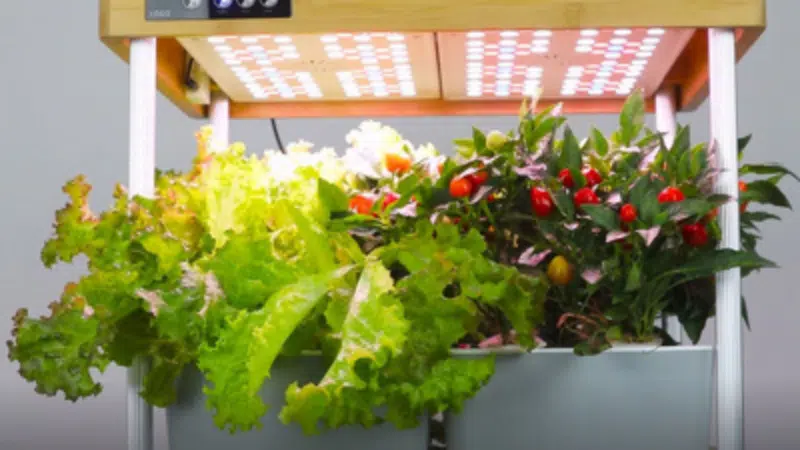Table of contents
ToggleIndoor planter box | Create a green and vibrant environment
Do you want to increase efficiency and concentration levels? Do you want to bring life to your home or workplace? With an indoor planter you create a greener environment and oxygen-rich indoor climate. Decorate your surroundings with life and aesthetics.
What is an indoor planter box?
One indoor planter box is a box or container designed to hold plants indoors. They can be made of different materials, such as wood, metal or plastic, and can come in different sizes and designs.
They give plants a place to grow indoors and can also be used to create a green and vibrant atmosphere in a room.
Indoor planters can be placed on a windowsill, table or cabinet, and can also be hung on the wall or placed in the kitchen as an indoor vegetable garden.
Aesthetics & functionality
An indoor planter is special in that you can choose plants according to your own preferences and light requirements, which can make it easier to grow plants indoors. In this way, you can also grow plants that would otherwise not thrive in your climate.
Indoor planters can also be special in terms of design and functionality. They come in many different designs and sizes and can be used to add both aesthetics and functionality to your home or office.
Plants not only provide cosiness and colour, they also help the indoor climate by producing oxygen. To be able to work efficiently and concentrate, the room needs fresh, oxygen-rich air.
That's why more and more companies are now focusing on using green elements in interior design, such as indoor planters or plant walls, to create a better indoor climate.

Grow your plants indoors
There are many different plants that can be grown indoors in a planter box, here are some examples:
Herbs and spices: Thyme, rosemary, basil, parsley and oregano
Vegetables: Tomatoes, lettuce, cucumber, chilli pepper and spinach
Flowers: African violet, begonia, orchids, laburnum and cacti
Cacti and succulents: They are easy to care for and can handle dry conditions
Trees and shrubs: Ficus, jade plant, hanging ficus, oil beech and bonsai trees and more.
It's important to consider the plants' light requirements, watering needs and soil type when choosing plants for your indoor planter. It's also important to check whether the plant is toxic or not if you have children or pets at home.
How much light do plants need?
It depends on the individual plant species how much light it needs. Generally speaking, plants can be divided into three categories depending on their light requirements: light tolerant, semi-shade tolerant and shade tolerant plants.

Light-tight plants: These plants need plenty of sunlight to thrive. They should be placed in a room with plenty of sunlight or by a south-facing window.
Semi-shade tolerant plants: These plants can thrive with less light, but should still be placed in a room with good light or by an east or west facing window.
Shade-dense plants: These plants can thrive in shady areas or rooms with less light. They can be placed away from windows or in a room with only artificial lighting.
It's important to research your plant's specific light requirements as they can vary from plant to plant. Some plants can manage in less light than others and some plants may require specialised lighting.
Indoor planters can also have integrated lighting to provide plants with the right amount of light necessary for their growth.
Do it yourself
If you want to challenge yourself to grow your own plants, we highly recommend that you visit our website, where you'll find a selection of indoor planters and the necessary elements to produce the plants. Here you can also find plant seeds and organic plant seeds.
If you want to read more about planter boxes, click here





